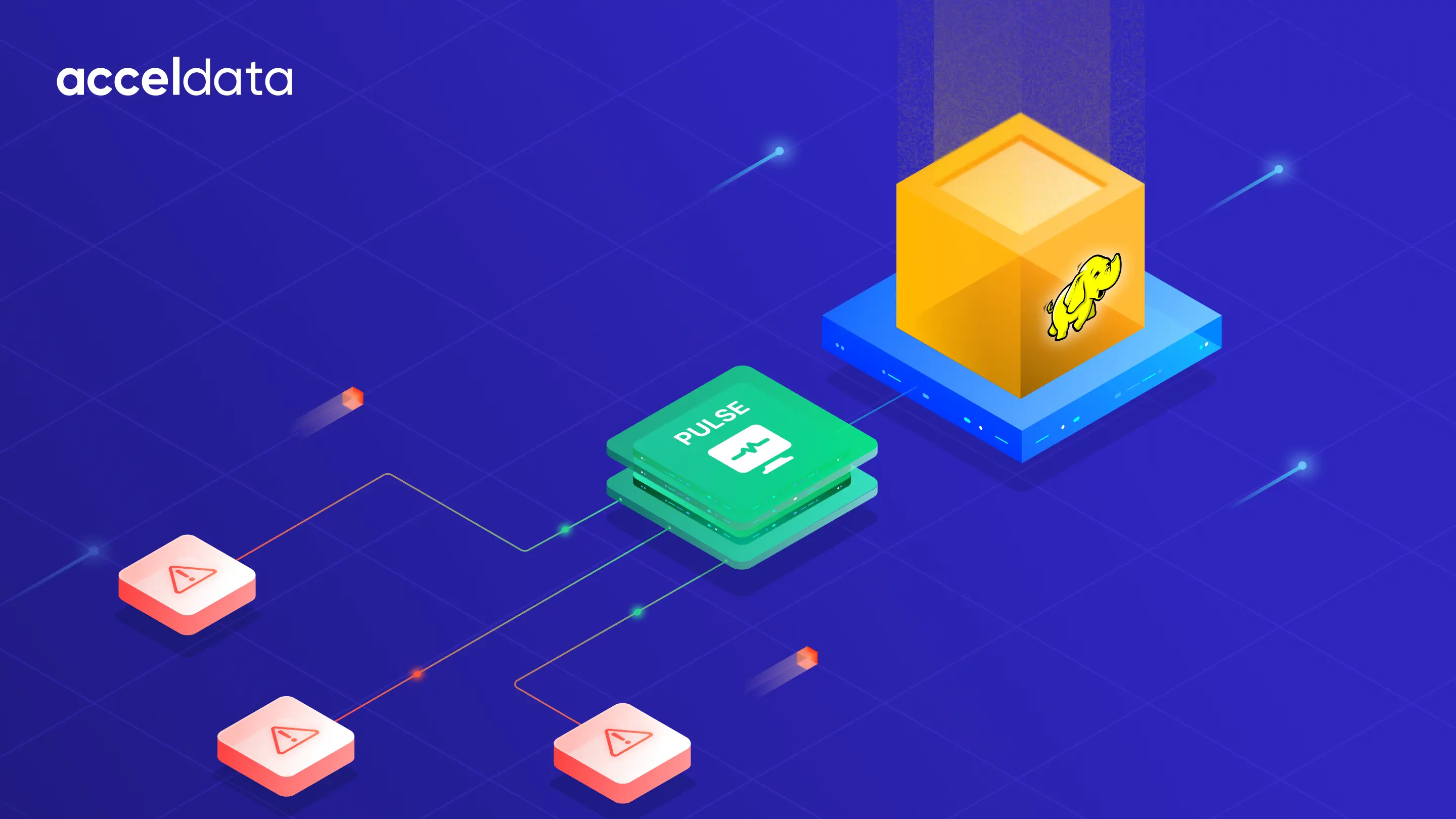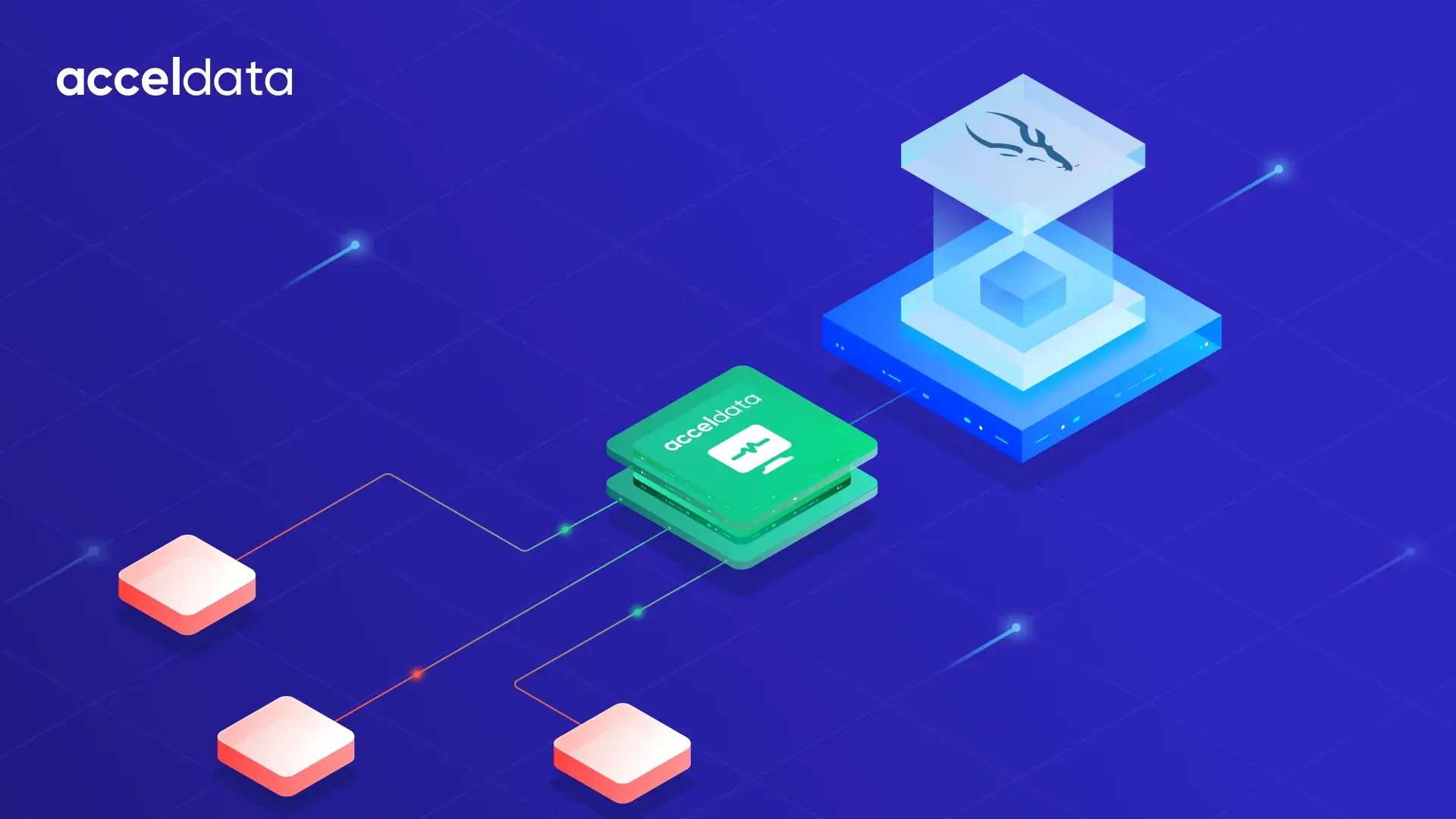In February 2024, a cyberattack on Change Healthcare disrupted medical claims processing, causing healthcare providers to lose up to $100 million daily.[1] Events such as these highlight the criticality of data replication, a foundational strategy that safeguards data integrity and ensures business continuity.
With data volumes expected to exceed 175 zettabytes by 2025, the risks of outages, security breaches, or disasters loom larger than ever. The fallout can be devastating for businesses without robust replication strategies.
Strong data replication strategies enable data backup, disaster recovery, and scalability. This article explores the various types of data replication, benefits, applications, and best practices to help your business thrive in today’s data-driven landscape.
What is Data Replication?
Data replication entails creation and maintenance of consistent copies of data across various systems or locations to bolster availability and reliability.
It serves three primary objectives:
- High availability: Mitigating downtime by redirecting workloads to redundant systems during outages.
- Disaster recovery: Preserving up-to-date backups for rapid recovery after disasters.
- Scalability: Distributing workloads to ensure performance during traffic surges.
Replication can occur over LANs, WANs, or cloud environments, enabling businesses to maintain data consistency and accessibility even under adverse conditions. It complements data backup by maintaining up-to-date copies, thus ensuring quicker recovery and reduced data loss.
Types of Data Replication
Data replication ensures data availability and consistency, with each method addressing unique business needs.
Here’s a quick summary:
- Synchronous replication: Provides real-time, identical copies of data, ideal for critical operations such as financial transactions where inconsistencies are unacceptable.
- Asynchronous replication: Copies data with a delay, suitable for cost-effective disaster recovery in distant locations where slight lag is tolerable.
- Snapshot replication: Periodic data capture, ideal for system initialization or recovery after accidental data loss in less dynamic environments.
The table below compares these replication methods, detailing their definitions, use cases, costs, and challenges:
Approaches to Data Replication
Understanding implementation approaches is essential for building on replication types. Each method—software-driven or hardware-based—offers unique advantages based on infrastructure needs.
Here’s a breakdown:
1. Host-based replication
Replicates data at the server level using software, providing flexibility across various systems.
Pros: Supports encryption and deduplication; works across diverse hardware.
Cons: Consumes server resources, potentially affecting performance; requires regular monitoring.
Example: A mid-sized e-commerce platform uses host-based replication to back up customer orders and transaction logs. Deduplication minimizes redundant data storage during holiday sales, but the high replication workload can hamper server response time marginally.
2. Hypervisor-based replication
Replicates entire virtual machines (VMs), ensuring seamless failover in virtualized environments.
Pros: Independent of hardware; supports instant failover.
Cons: Dependent on hypervisor capabilities; can incur high licensing costs.
Example: A cloud-based CRM provider replicates VMs hosting customer data. If a primary server fails, the system automatically shifts operations to a replicated VM, ensuring clients experience no downtime when accessing records.
3. Array-based replication
It uses storage arrays to replicate data directly, which is ideal for uniform hardware setups.
Pros: Reliable and consistent; offloads replication tasks from servers.
Cons: Requires matching arrays; lacks flexibility in dynamic environments.
Example: A regional hospital network replicates patient data across storage arrays to ensure uninterrupted access during maintenance. This allows doctors in any location to retrieve vital information without delays.
4. Network-based replication
It uses network appliances to replicate data between servers and storage systems, which is suitable for hybrid environments.
Pros: Compatible with heterogeneous setups; reduces reliance on host resources.
Cons: Complex setup; fewer available solutions.
Example: A global retail chain synchronizes inventory data between stores and distribution centers. If a high-demand product sells out in one location, the replicated system triggers a stock update and initiates redistribution seamlessly.
Core Benefits of Data Replication
Data replication safeguards businesses against the unexpected by ensuring continuity and availability.
Here’s how companies have leveraged its key benefits:
1. Disaster recovery
Replication minimizes downtime by enabling quick recovery from secondary data copies.
Example: Maersk, a shipping company, after being hit by the NotPetya ransomware attack in 2017, was able to restore operations within days by using replicated data from unaffected servers. This ensured that its global shipping schedules faced minimal disruption despite significant infrastructure damage.[2]
2. High availability
Ensures uninterrupted services by balancing workloads across replicated environments.
Example: Epic Games, the company behind Fortnite, relies on replication to maintain high availability for millions of concurrent players.[3] By distributing game session data across multiple servers, it ensures seamless gameplay even during major updates or server failures.
3. Latency reduction
Replication brings data closer to users, enhancing speed and experience.
Example: Netflix uses replication to store copies of its content on geographically distributed servers.[4] This allows users to stream videos with minimal buffering by fetching data from servers nearest to them, no matter where they are in the world.
4. Scalability
Effortlessly accommodates growing workloads by balancing traffic across replicas.
Example: On Amazon’s Prime Day, data replication enables the platform to handle massive spikes in traffic.[5] By distributing requests across replicated databases, Amazon ensures smooth transactions even during record-breaking sales events.
5. Optimized performance
Offloads computational tasks to replicas, reducing the load on primary systems.
Example: Uber uses replication to offload data-intensive analytics tasks to secondary systems, ensuring its primary servers remain optimized for real-time ride matching.[6] This setup enables Uber to provide instant ETAs and dynamic pricing without performance lags.
Best Practices for Implementing Data Replication
To implement data replication effectively, it is essential to align strategies with business needs while addressing the underlying technical challenges.
Here are five best practices, illustrated with real-world examples:
- Define clear objectives
Align replication strategies with goals such as disaster recovery or real-time analytics.
Example: Spotify replicates user interaction data across regions to deliver personalized playlists with minimal latency, ensuring a seamless user experience.[7]
- Optimize bandwidth usage
Reduce network strain using deduplication and incremental replication.
Example: Dropbox prevents storage of duplicate files during replication, saving bandwidth while ensuring fast, reliable file synchronization.[8]
- Regular testing
Validate recovery speed and data integrity with failover simulations.
Example: Netflix uses its "Chaos Monkey" tool to test failover systems, ensuring uninterrupted service even during outages.[9]
- Strengthen security
Enforce encryption, access controls, and compliance standards such as GDPR.
Example: PayPal safeguards replicated financial data with encryption and strict access controls, meeting PCI DSS standards.[10]
- Leverage automation
Monitor data pipelines and detect anomalies with observability tools.
Example: Uber uses automated tools to identify replication discrepancies, maintaining consistent real-time updates for its global network.[11]
Emerging Trends in Data Replication
Data replication is evolving rapidly, with emerging trends redefining how businesses ensure data availability and resilience.
Here’s a look at leading innovations and the organizations driving them:
1. Cloud-based replication
Facilitates replication across geographically dispersed regions for enhanced reliability and reach.
Leader: Microsoft Azure enables businesses to replicate data globally through its cloud regions, providing high availability and disaster recovery solutions for enterprises such as BMW.[12]
2. AI-driven optimization
Leverages AI to automate bandwidth allocation and detect inconsistencies in replication pipelines.
Leader: Google Cloud uses AI-powered tools to optimize replication in its BigQuery service, ensuring real-time analytics for companies such as Wayfair.[13] [14]
3. Change data capture (CDC)
Tracks and applies data changes, making real-time replication efficient for big data systems.
Leader: Snowflake integrates CDC to replicate massive datasets efficiently, enabling seamless data updates for brands such as DoorDash.[15]
4. Edge computing
Replicates data on localized edge devices, improving performance for IoT applications.
Leader: Tesla employs edge replication for its autonomous vehicles, ensuring real-time data availability for navigation and sensor processing.[16]
Use Cases Across Industries
Data replication drives critical operations across industries, solving unique challenges and ensuring seamless performance.
Here's how it supports finance, healthcare, e-commerce, and gaming industries with practical applications:
Finance
Ensures transactional accuracy and aids in real-time fraud detection.
Example: JP Morgan Chase replicates transaction data across data centers to power its AI-driven fraud detection systems, identifying suspicious activities in seconds to protect customer assets.
Healthcare
Enables instant access to patient records while ensuring regulatory compliance.
Example: The Mayo Clinic replicates electronic health records (EHRs) across hospitals, ensuring up-to-date patient data for emergencies while adhering to HIPAA requirements.[17]
E-commerce
Handles traffic spikes and updates inventory in real-time for dynamic pricing.
Example: During Walmart’s Black Friday sales, replication distributes traffic across servers, preventing downtime while enabling real-time inventory and pricing updates.[18]
Gaming
Synchronizes player data for seamless multiplayer experiences worldwide.
Example: Activision Blizzard uses replication to sync player stats and matchmaking data in real time, delivering smooth gameplay even during global tournaments.[19]
Common Challenges and Solutions in Data Replication
Data replication is valuable, but its implementation can be challenging and may affect its effectiveness if not managed properly.
By understanding these obstacles and applying targeted solutions, businesses can ensure a reliable and secure replication strategy.
Accelerate Your Data Replication Strategy with Acceldata
Data replication is more than just copying information; it is about ensuring business continuity, powering real-time insights, and handling the complexities of scale.
From synchronous replication to edge computing, selecting the right replication strategies helps minimize downtime, enhance performance, and ensure data consistency. However, achieving flawless replication requires precision: managing costs, resolving inconsistencies, and safeguarding data integrity.
Acceldata simplifies this process. Its data observability platform provides real-time monitoring, validates data health, and automates anomaly detection across replication pipelines—helping businesses overcome challenges with confidence.
Ready to transform your data replication game? Book a demo with Acceldata today and boost your data efficiency.
















.webp)
.webp)


